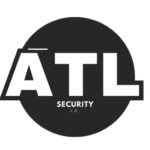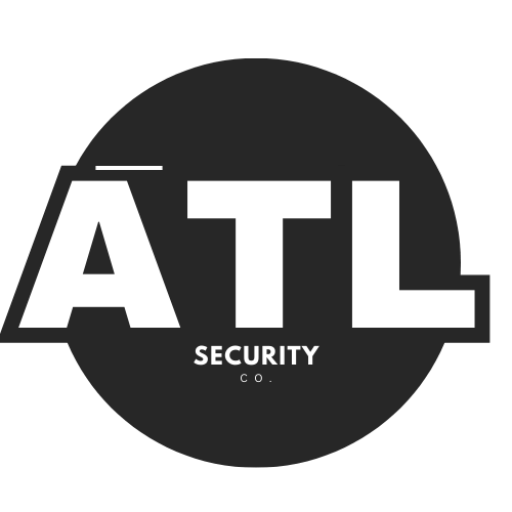Security cameras are essential tools for safety and surveillance. They help monitor areas and deter crime. Proper placement of these cameras is crucial for their effectiveness.
When placed correctly, they can capture clear images and provide valuable evidence. However, knowing where to put them can be tricky. It requires careful planning and consideration of various factors.
The goal of security camera placement is to maximize coverage while minimizing blind spots. This means you want to see as much as possible without missing important areas. Additionally, the placement should consider the privacy of individuals.
Balancing security needs with respect for personal space is vital. This article will explore the best practices for placing security cameras in different settings.
Key Takeaways
- Proper security camera placement is crucial for effective surveillance and crime prevention.
- Privacy concerns and legal regulations must be carefully considered when installing security cameras.
- Workplace security camera placement should prioritize employee safety and protection of company assets.
- Residential security camera placement should focus on protecting the home and ensuring the privacy of residents.
- Security camera placement in public spaces should balance the need for security with respect for individuals’ privacy.
Privacy Concerns and Legal Regulations
Privacy is a significant concern when it comes to security cameras. People have a right to feel safe and secure in their personal spaces. This means that cameras should not invade private areas, like bathrooms or bedrooms.
Laws vary by location, but many places have strict regulations about where cameras can be placed. Understanding these laws is essential for anyone considering installing cameras. Legal regulations often require that individuals are informed about the presence of cameras.
This can be done through signs or notices. In some areas, recording audio may also be restricted. It’s important to research local laws before installing any cameras.
Ignoring these regulations can lead to legal trouble and fines.
Workplace Security Camera Placement
In workplaces, security cameras serve multiple purposes. They help protect employees, deter theft, and monitor activities. When placing cameras in a workplace, it’s important to consider employee privacy.
Cameras should be installed in common areas, like entrances and exits, but not in private spaces like break rooms or restrooms. Effective placement in a workplace involves strategic locations. Cameras should cover high-risk areas, such as cash registers or storage rooms.
They should also be positioned to capture clear views of entrances and exits. This helps ensure that any suspicious activity is recorded. Additionally, informing employees about camera placement can help maintain trust and transparency.
Residential Security Camera Placement
For homeowners, security cameras are a way to protect their property and loved ones. When placing cameras around a home, it’s important to cover all entry points. This includes doors, windows, and garages.
Cameras should be positioned high enough to avoid tampering but low enough to capture clear images. In addition to entry points, homeowners should consider placing cameras in backyards and driveways. These areas are often targets for burglars.
It’s also wise to install cameras near outdoor lighting for better visibility at night. Homeowners should remember to respect their neighbors’ privacy when placing cameras, ensuring that they do not capture footage from adjacent properties.
Public Spaces and Security Camera Placement
Public spaces, like parks and streets, often have security cameras for safety reasons. These cameras help deter crime and provide evidence if incidents occur. When placing cameras in public areas, it’s essential to consider visibility and accessibility.
Cameras should be placed where they can monitor large areas without obstructing public use. Local governments usually have guidelines for camera placement in public spaces. These guidelines help ensure that cameras are used responsibly and ethically.
It’s important to strike a balance between safety and privacy in these areas. Clear signage indicating the presence of cameras can help inform the public and promote transparency.
Legal Considerations for Hidden Cameras
Hidden cameras can be controversial due to privacy concerns. While they can be useful for surveillance, their use is often regulated by law. In many places, using hidden cameras without consent is illegal.
This means that individuals must be aware that they are being recorded. When considering hidden cameras, it’s crucial to understand the legal implications. Some jurisdictions allow hidden cameras in public spaces but not in private ones without consent.
Always check local laws before installing hidden cameras. Violating these laws can lead to serious consequences, including fines or criminal charges.
Legal Implications of Security Camera Footage
The footage captured by security cameras can have legal implications. This footage can be used as evidence in court cases or investigations. However, there are rules about how this footage can be used and shared.
For example, sharing footage without consent may violate privacy laws. It’s important for businesses and homeowners to store footage securely. This helps protect against unauthorized access or misuse of the data.
Additionally, having a clear policy on how footage is handled can help avoid legal issues down the line. Understanding these implications is essential for anyone using security cameras.
Best Practices for Legal Security Camera Placement
In conclusion, security camera placement requires careful thought and planning. It’s essential to balance safety with privacy concerns while adhering to legal regulations. Whether in workplaces, homes, or public spaces, following best practices can help ensure effective surveillance.
Always inform individuals about the presence of cameras when required by law. Choose locations that maximize coverage while respecting personal space. Regularly review local laws and guidelines to stay compliant with regulations.
By following these best practices, you can create a safer environment while respecting the rights of others.
FAQs
What are the legal implications of security camera placement?
The legal implications of security camera placement involve privacy laws, property rights, and potential surveillance of public areas.
What privacy laws should be considered when placing security cameras?
When placing security cameras, it is important to consider privacy laws such as the General Data Protection Regulation (GDPR) in the European Union and the Video Privacy Protection Act (VPPA) in the United States.
What are the property rights considerations for security camera placement?
Property rights considerations for security camera placement include obtaining consent from property owners or tenants, and ensuring that the cameras do not infringe on the privacy of neighboring properties.
Are there legal restrictions on surveillance of public areas with security cameras?
There may be legal restrictions on surveillance of public areas with security cameras, such as limitations on recording audio in public spaces and restrictions on monitoring certain areas like restrooms or changing rooms.





